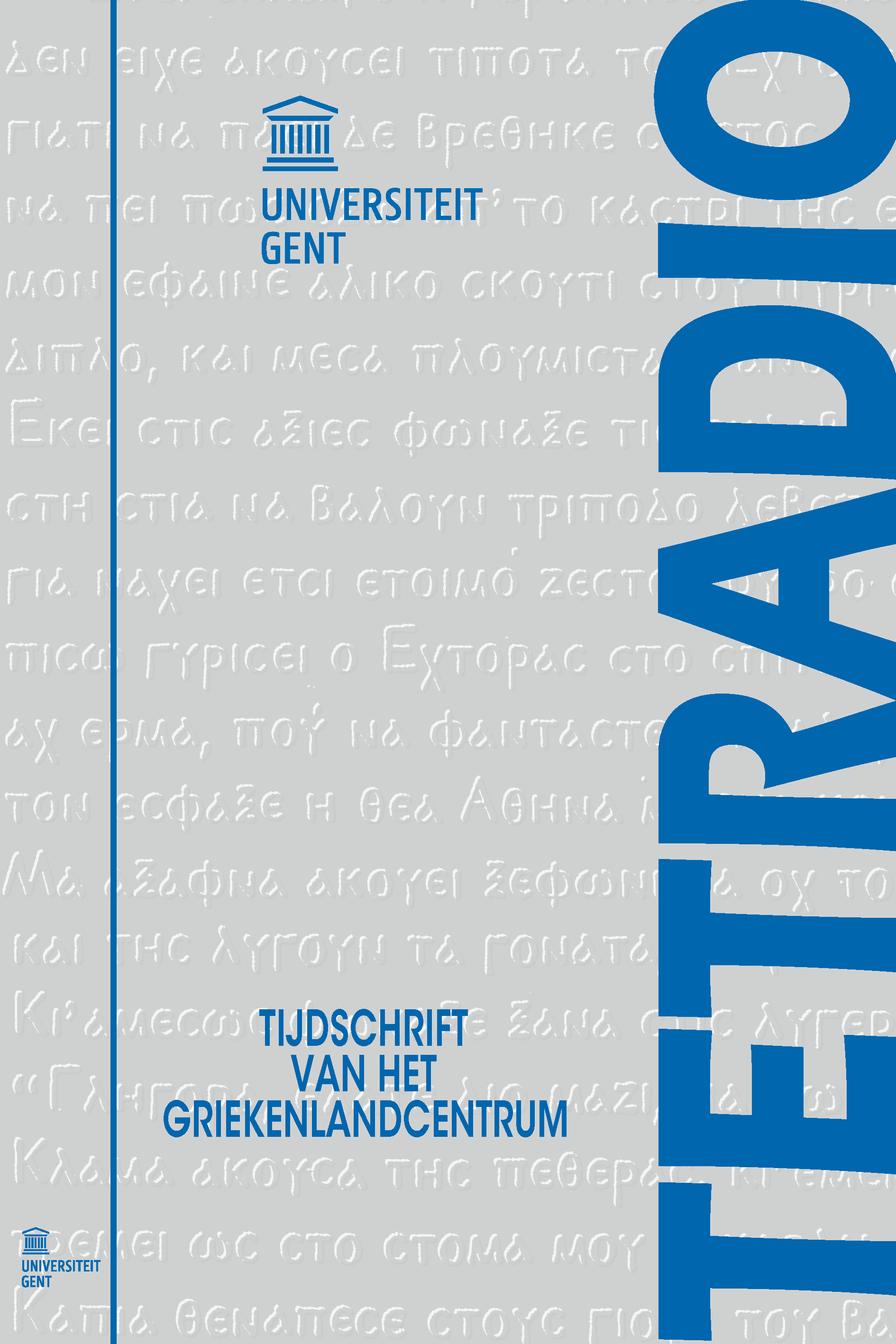Allegorie tot het uiterste: Hesiodus’ 'Theogonie' uitgelegd
- Hugo Koning
Abstract
This essay deals with allegorical explanations of Hesiod’s Theogony in ancient and Byzantine exegetical texts. Its main aim is to illuminate some of the general strategies and attitudes employed by ancient scholars to find and understand hidden meanings in the poem. Using several striking examples from the corpus of exegetical texts, the essay demonstrates that – contrary to the modern communis opinio on the ancient practice of allegory – a) ancient scholars do not only see absurd passages as a sign that there is a hidden meaning but rather see the myth as basically cryptic; b) etymology is generally not used as a means to reconstruct the original language but as a tool to penetrate to the deeper layers of meaning; and c) ancient and byzantine exegetes do apply certain strategies to control the potential polyinterpretability of the text they so eagerly seek to explain.
How to Cite:
Koning, H., (2012) “Allegorie tot het uiterste: Hesiodus’ 'Theogonie' uitgelegd”, Tetradio 21(1): 1, 7–25. doi: https://doi.org/10.21825/tetradio.91815
Downloads:
Download PDF
View PDF
